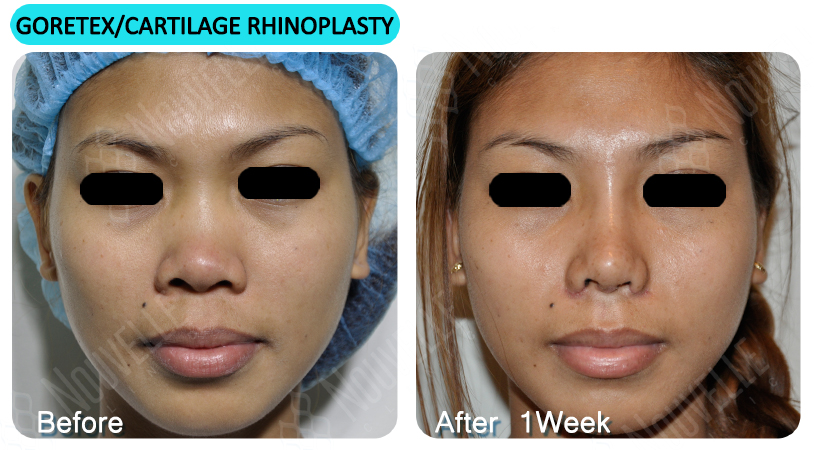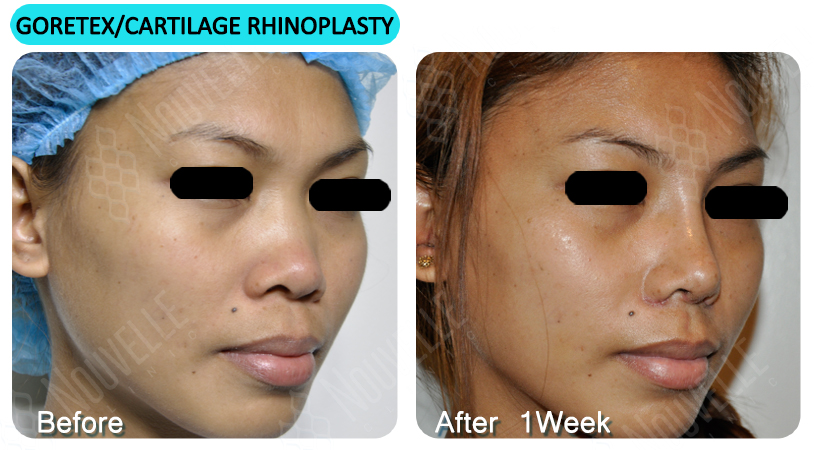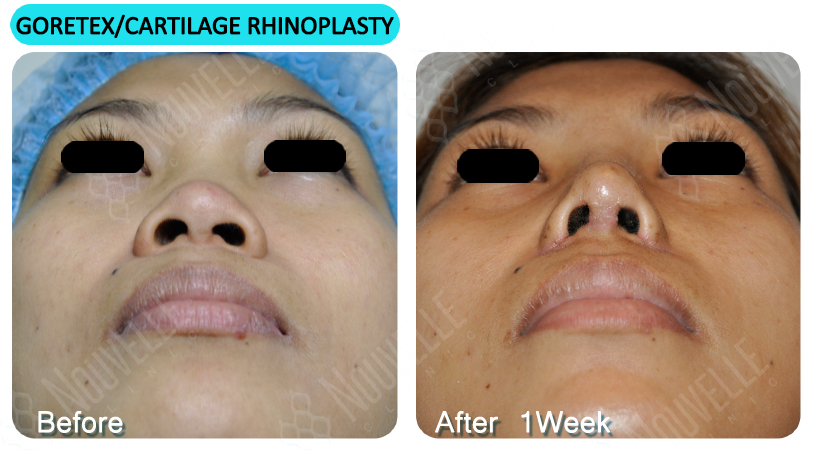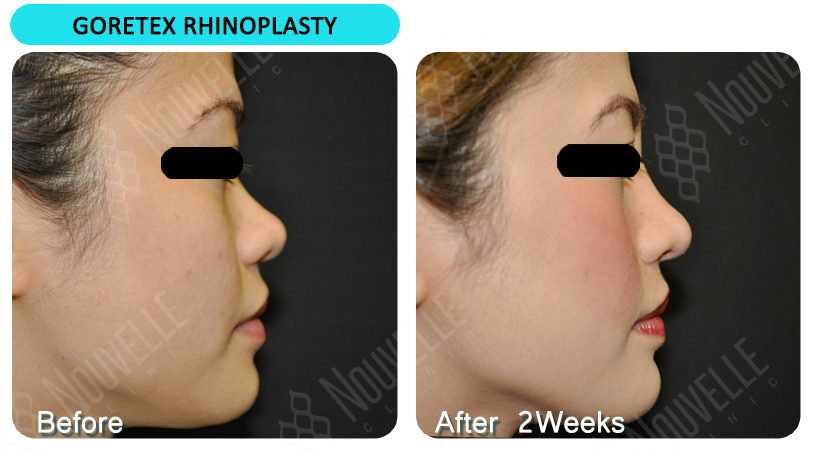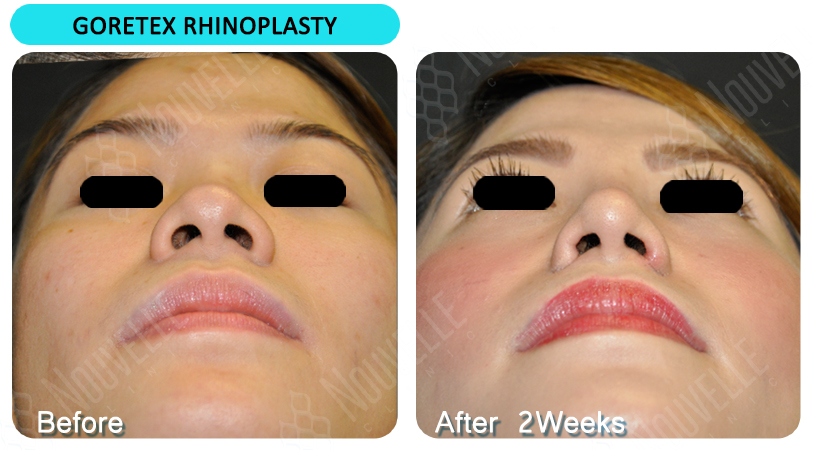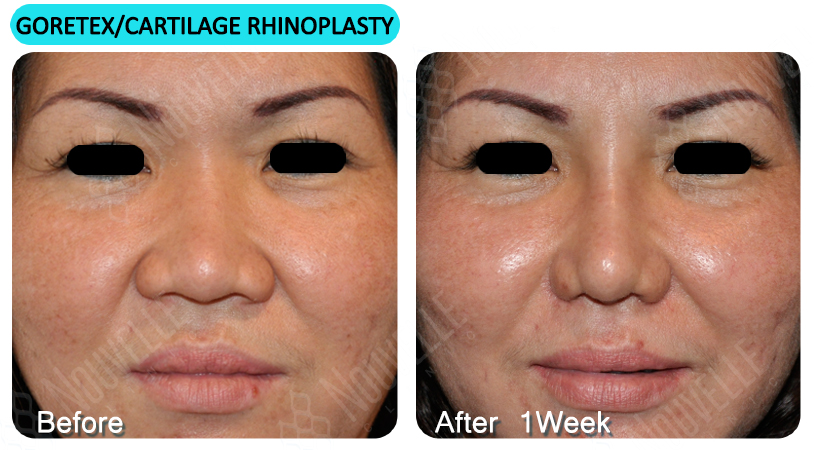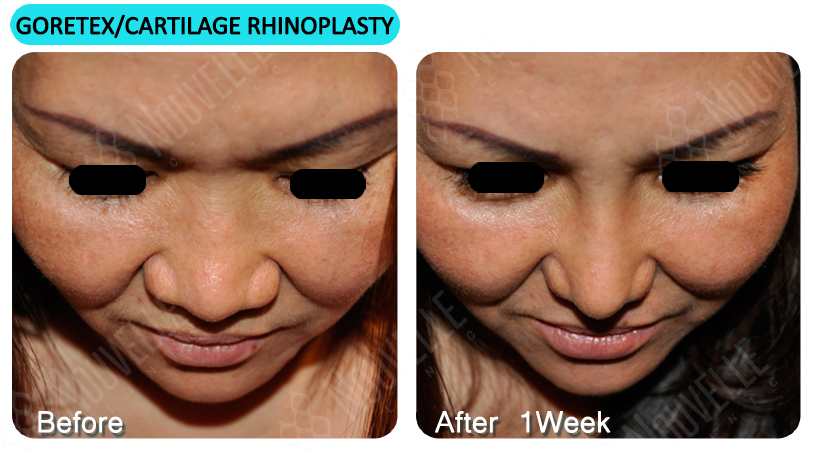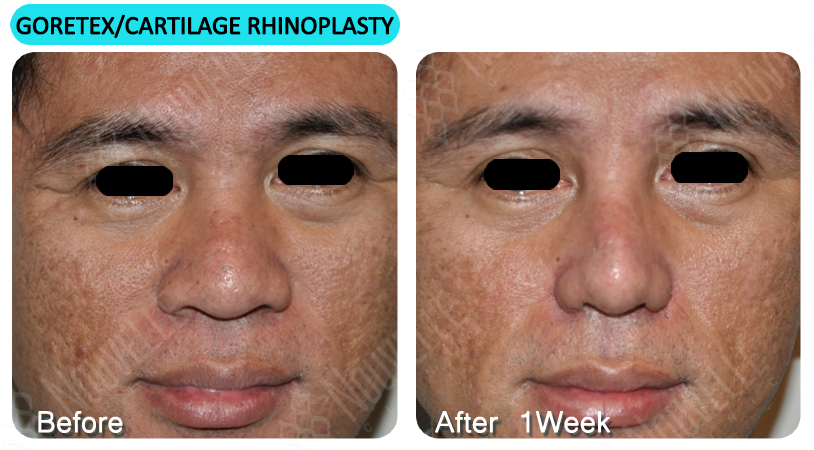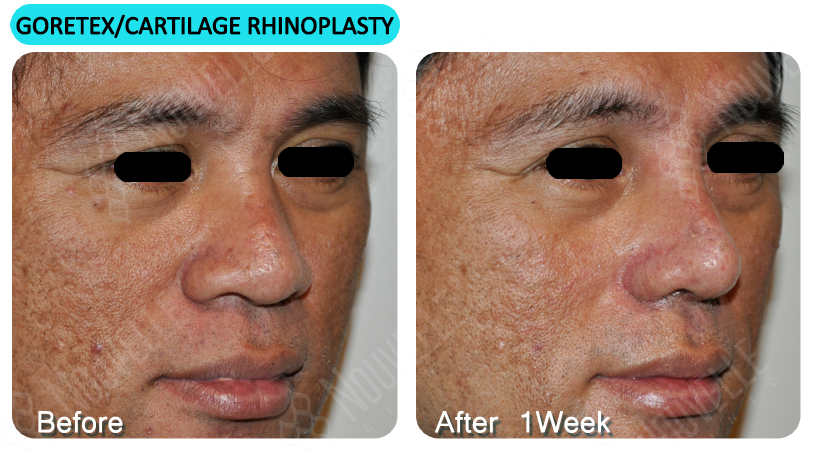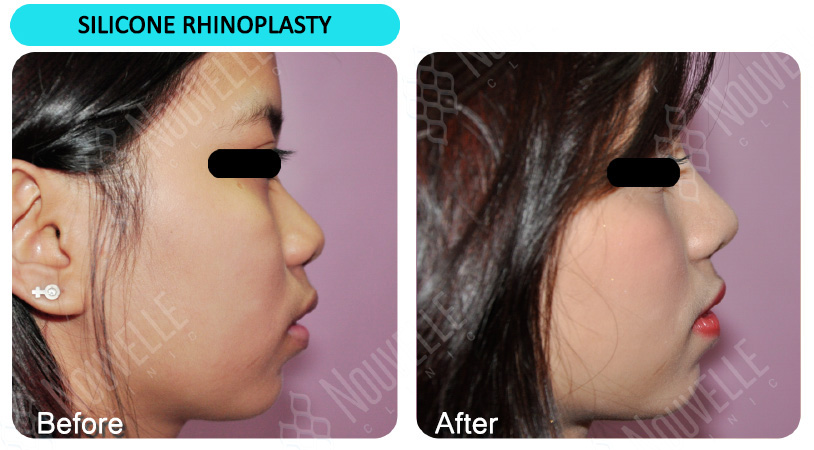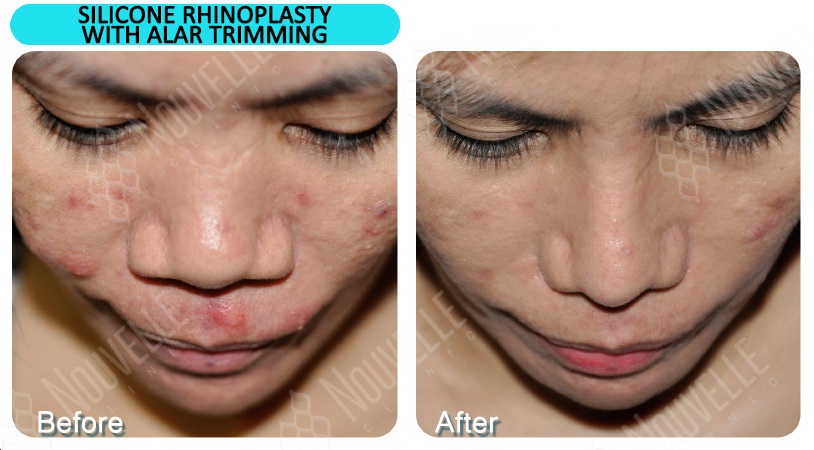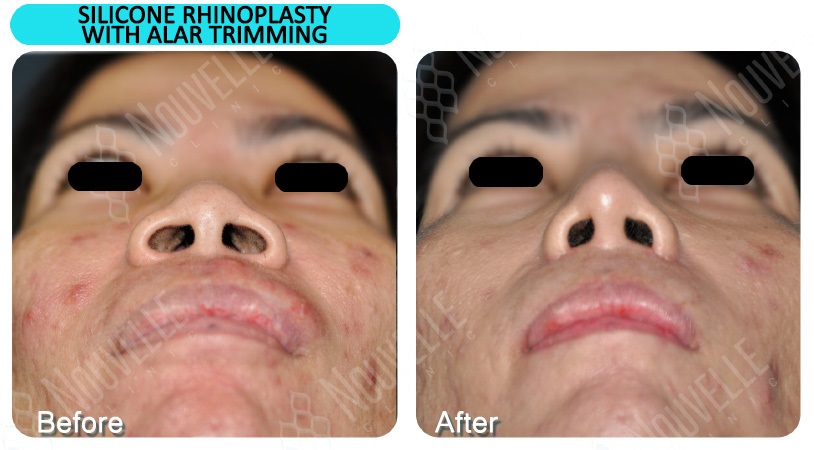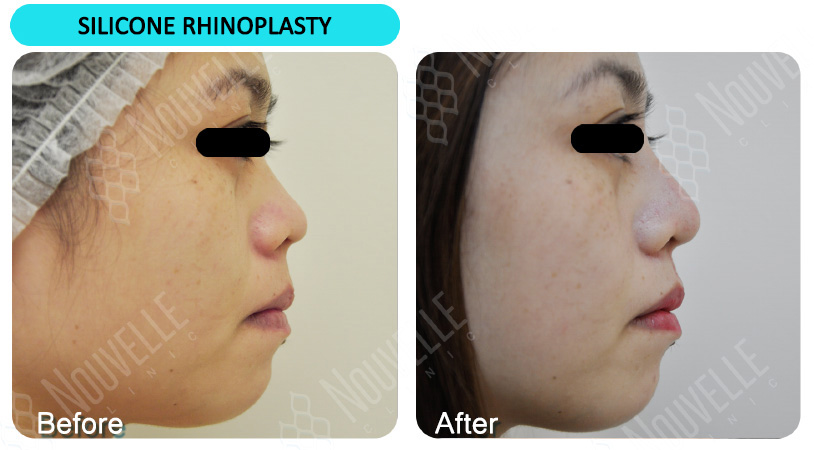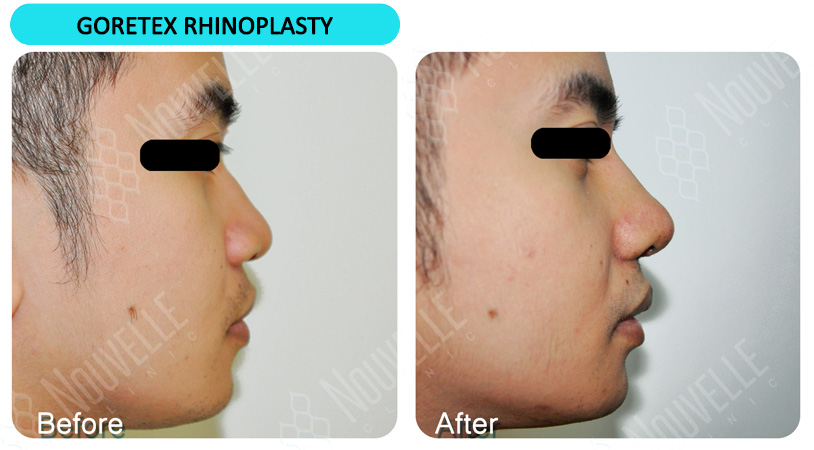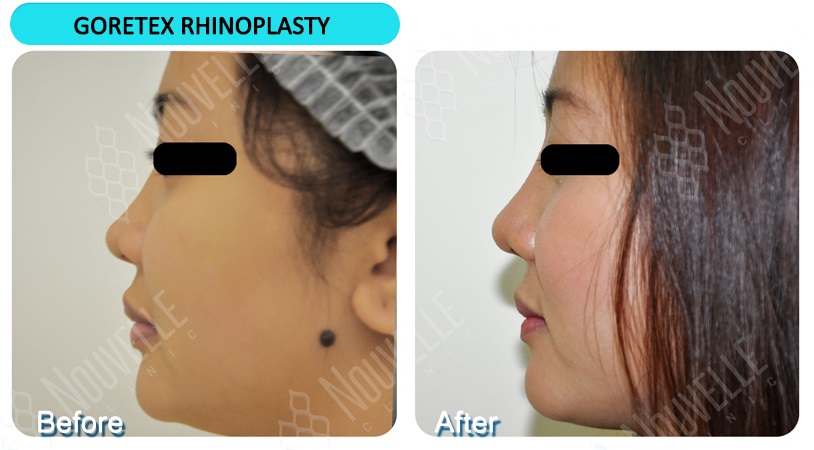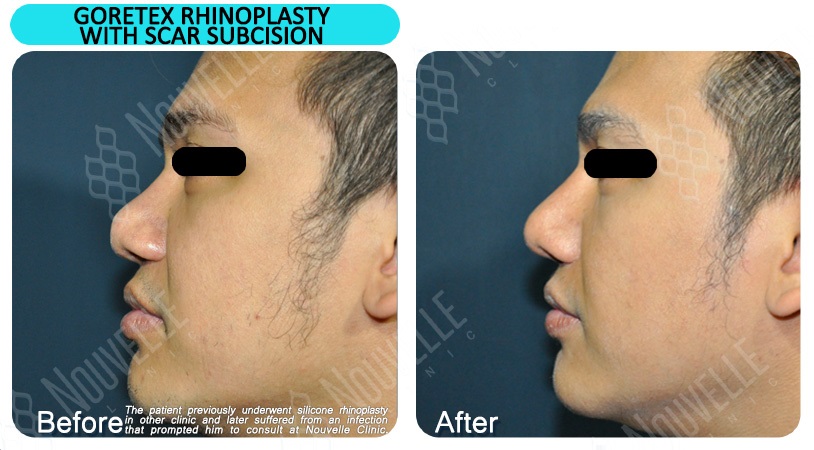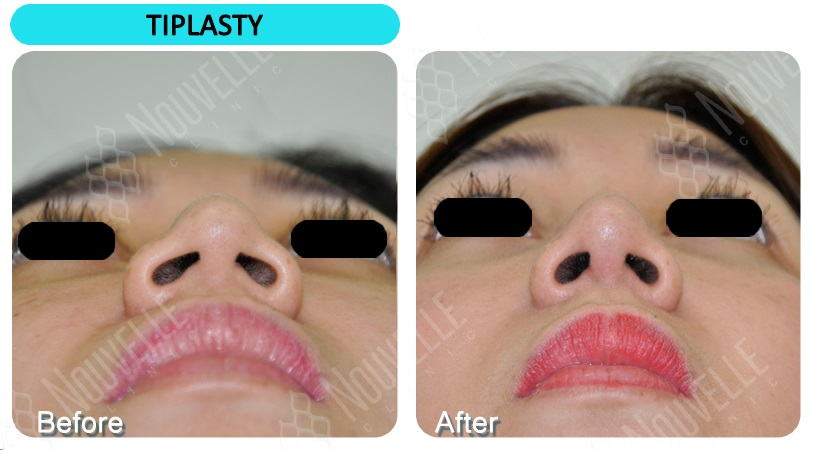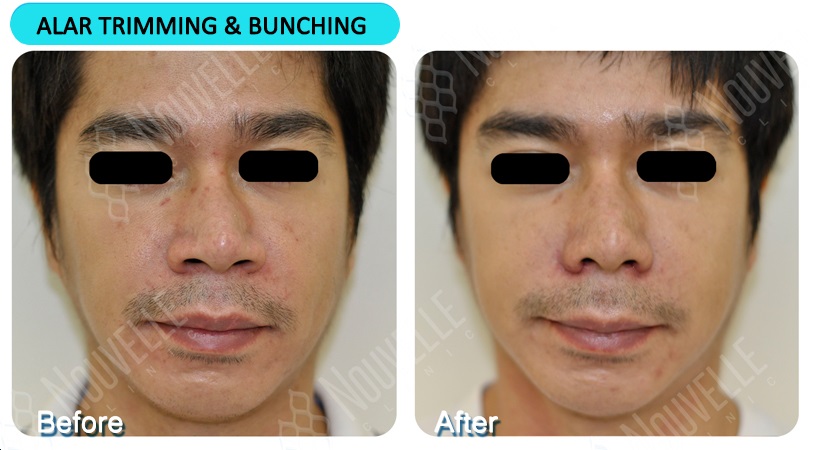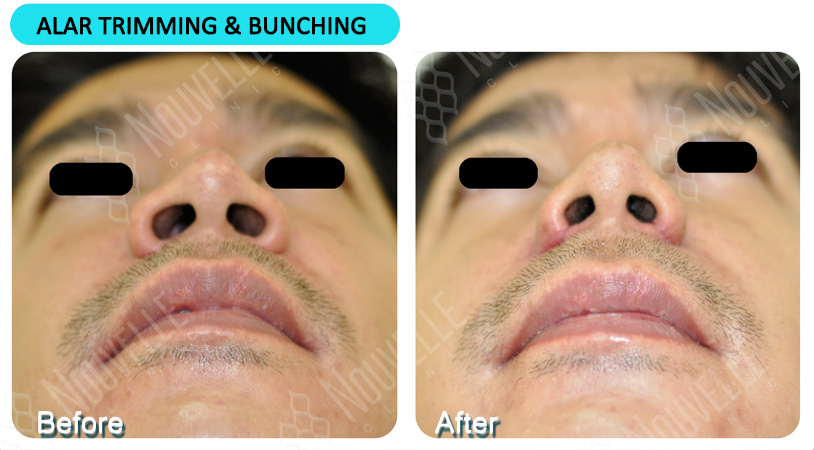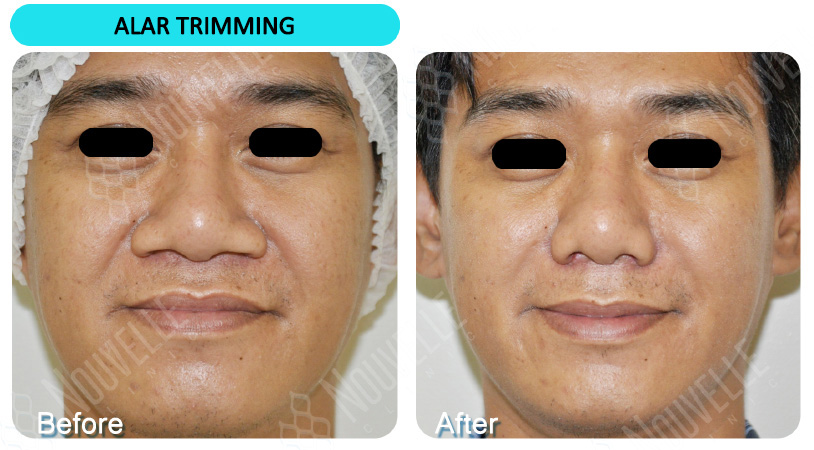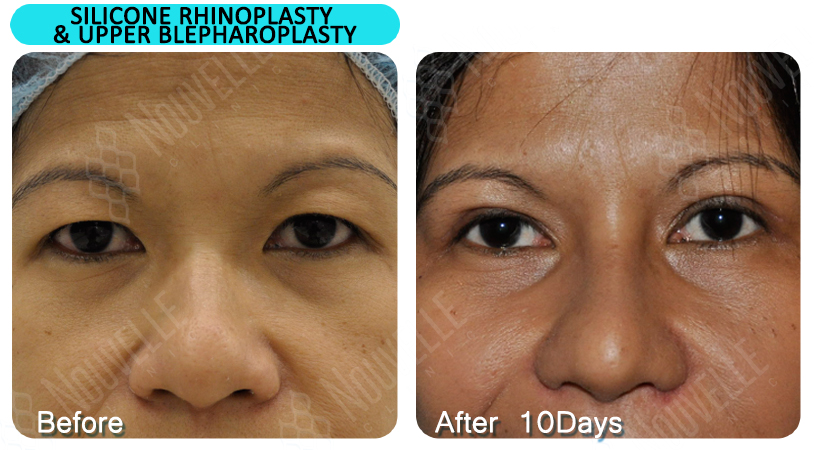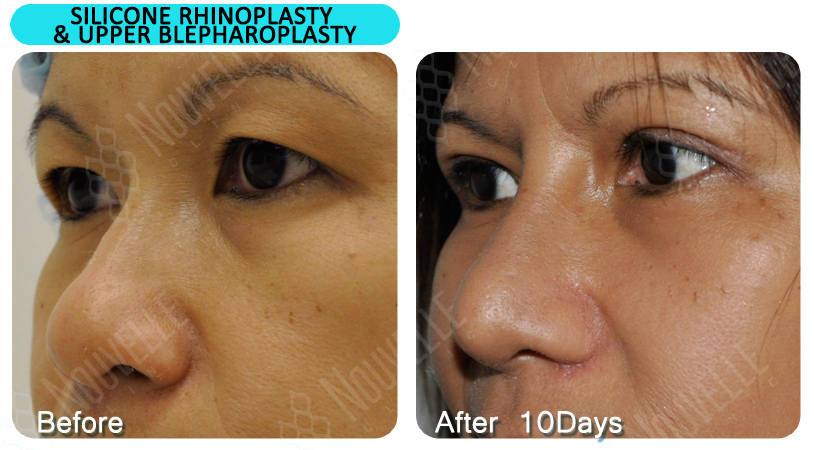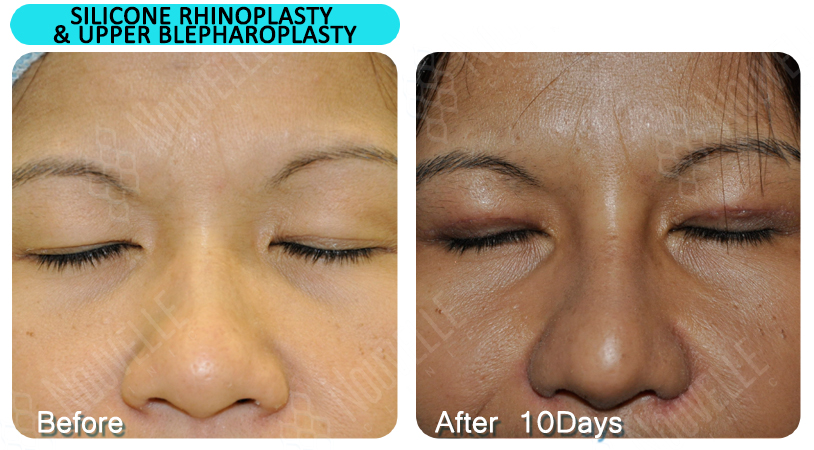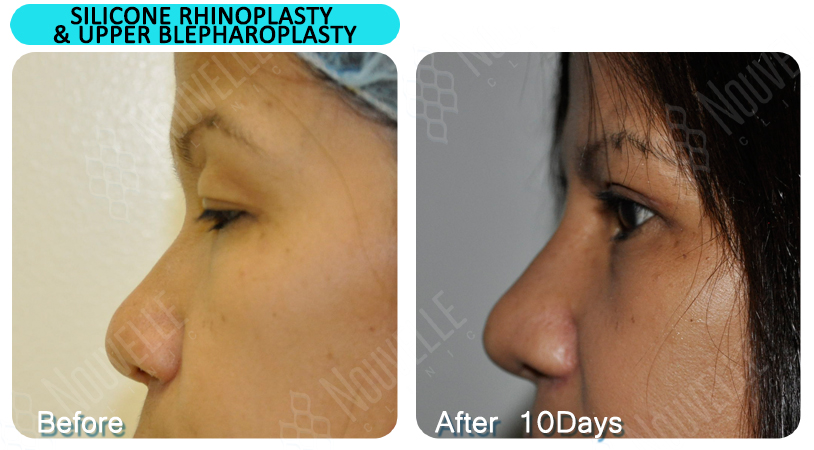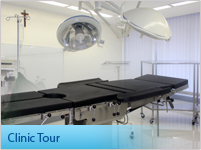What is Rhinoplasty?
Rhinoplasty, also known as nose surgery, is a procedure done to alter the shape, contour, length, and tip of the nose. Corrections on the nose such as fixing bumps, altering tips, or narrowing nostrils are also part of rhinoplasty. Basically, the upper part of the nose is made up of bone while its lower part is of cartilage. The patient can choose one from these two or have them both modified.
What is Nose Augmentation/Nose Lift?
Nose Augmentation is more popularly known as nose lift and it is done by adding or removing certain implants from or into the nose. There are three choices involved for people who are interested in having a nose lift, they can choose among the following implants—gortex, cartilage, and silicone. First, the gortex. It has gained its fame by being very soft and flexible. It is also easy to mold and blends well with the natural shape of the nose. Moreover, the gortex has non-biodegradable characteristics so it is considered a good alternative for human tissue. Gortex implants also heal faster than others and it can handle different ranges of temperature so patients no longer have to worry. Another commonly used implant is the silicone. Just like the gortex, it also looks natural to the face. For the last implant for nose lift, cartilage from other areas of the body like ear, rib, or septum are used. A cartilage from these areas of the body is transplanted into the nose, enabling it to be reshaped or altered.
What is nose reduction?
For people who want to eliminate portions of their nose, there is the nose reduction process that could either be the dorsal or alar/basal reduction. The dorsal process is done by removing the hump or bump on the bridge of the nose. The process is simply done by shaving down bone and cartilage on the bridge of the nose and smoothing out the bump. Eventually, the excess skin will wrap itself on the nasal frame. A second type of nose reduction is alar/basal reduction. It is done on the base of the nose to remove the unwanted portion and can also help narrow down the nostrils. Another way to perform nose reduction on the base area is to remove fat or cartilage.
What is Tiplasty?
Tiplasty is also a form of rhinoplasty, but is focused on the tip of the nose. The types of surgery involved in tiplasty includes pieces of tissues or spare cartilage from the ear being implanted on the tip of the nose. On other times, small bones might be removed or reshaped so the desired contours would be achieved.
Open or Close Rhinoplasty?
There are two ways on how Rhinoplasty can be done, either open or close. The difference between the two is based on the location on where the incisions were made and their different effects like possibilities of scars being visible, length of the surgical procedure, healing period, etc. In the open rhinoplasty, the incision is done on the fleshy part of the outer nose while the closed rhinoplasty has incisions done on the inner area of the nose like the nostrils.
How the procedure is done?
First, the doctor needs to administer anesthesia into the patient, either by general anesthesia or sedative injection. The surgery would then be performed by making the initial incisions. Once the incisions are done, the nose would then be reshaped by removing some parts from the nose or implanting bones, silicon, or cartilage into the nose. After that, the septum is fixed and the incisions are closed.
What to expect after rhinoplasty?
Most of the time, the surgery itself just takes an hour or two and after that patients can go home. Doctors often recommend medications like pain killers, and antibiotics. Patients who just went through the procedure are expected to avoid engaging to any strenuous physical activity. A splint is used to prevent the implant from getting displaced and to minimize swelling on the nasal dorsum and tip. Dressing is done on the 1st and 3rd post operative day. Sutures and splint are removed on the 5th or 7th day. Swelling may last for 7 to 10 days, but subsides faster with warm compress.


